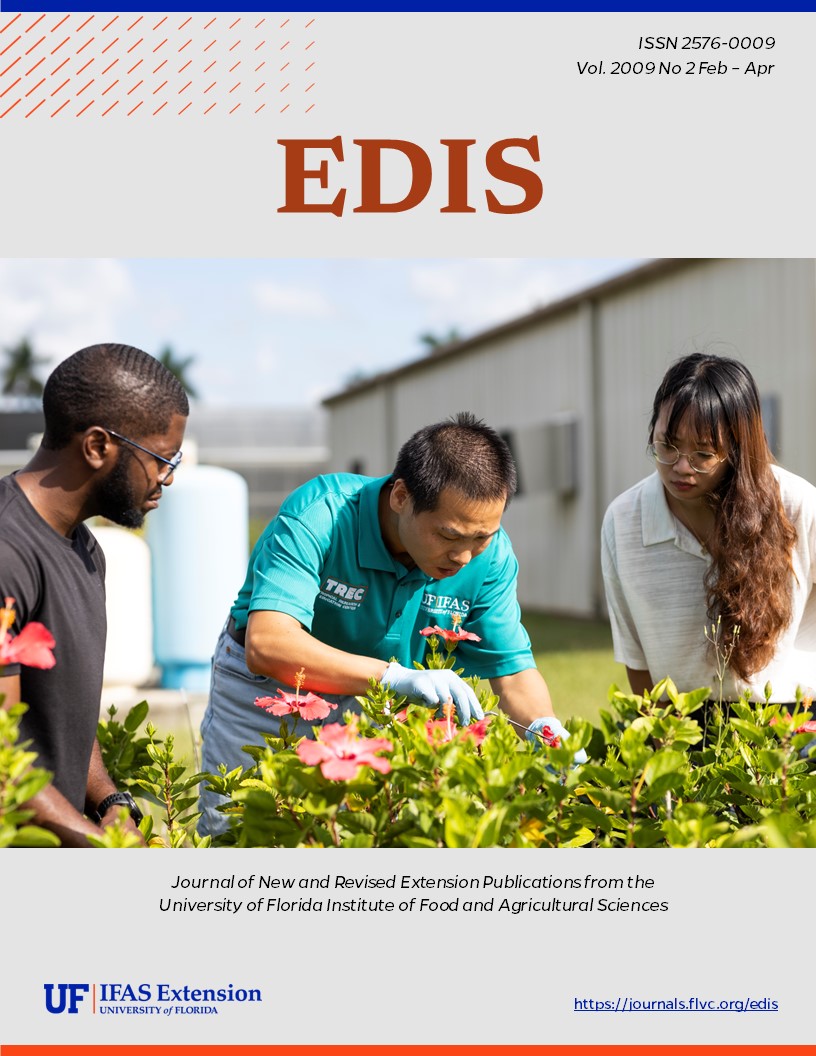Resumen
AEC-401, a 5-page fact sheet by Alexa Lamm and Amy Harder, defines mentoring, give a brief history, and reviews the stages of the mentoring process. It also highlights the benefits mentors, protégés, and organizations can expect from the utilization of a mentoring process. Published by the UF Department of Agricultural Education and Communication, December 2008.
AEC 401/WC082: Using Mentoring as a Part of Professional Development (ufl.edu)
Citas
Cooper, D. L., & Miller, T. K. (1998). Influence & impact: Professional development in student affairs. New Directions for Student Services, 84, 55-69. Retrieved October 16, 2008, from http://www3.interscience.wiley.com/cgi-bin/fulltext/101522224/PDFSTART https://doi.org/10.1002/ss.8405
Grayer, J. N., & Smith, R. M. (1995). How to be a great mentor. Kaplan Newsweek.
Homer. (1980). The Odyssey. New York, NY: Oxford University Press.
Mincemoyer, C. C., & Thomson, J. S. (1998). Establishing effective mentoring relationships for individual and organizational success. Journal of Extension, 36 (2). Retrieved October 16, 2008, from http://www.joe.org/joe/1998april/a2.html
Place, N. T., & Bailey, A. (2006). Mentoring: Providing greatest benefit to new and seasoned faculty in an extension organization. Proceedings of the Association for International Agricultural and Extension Education, 22, 498-507. Retrieved October 13, 2008, from http://www.aiaee.org/2006/Accepted/498.pdf
Smith, K. L., & Beckley, W. E. (1985). Mentoring: is it for Extension? Journal of Extension, 23 (3). Retrieved October 16, 2008, from http://www.joe.org/joe/1985fall/a2.html
Wilburn, B., & Cooper, D. (n. d.). Mentoring program. Georgia Department of Technical & Adult Education. Retrieved October 16, 2008, from http://www.coe.uga.edu/chds/mentoring/index.htm
Zachary, L. J. (2000). The mentor's guide: Facilitating effective learning relationships. San Francisco, CA: Jossey Bass.

